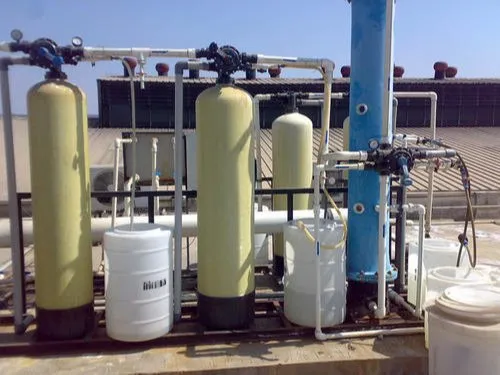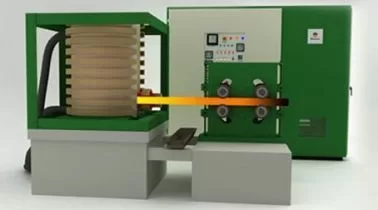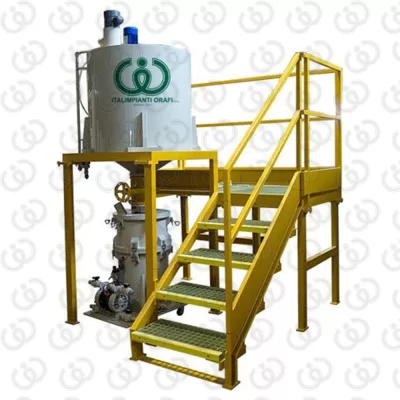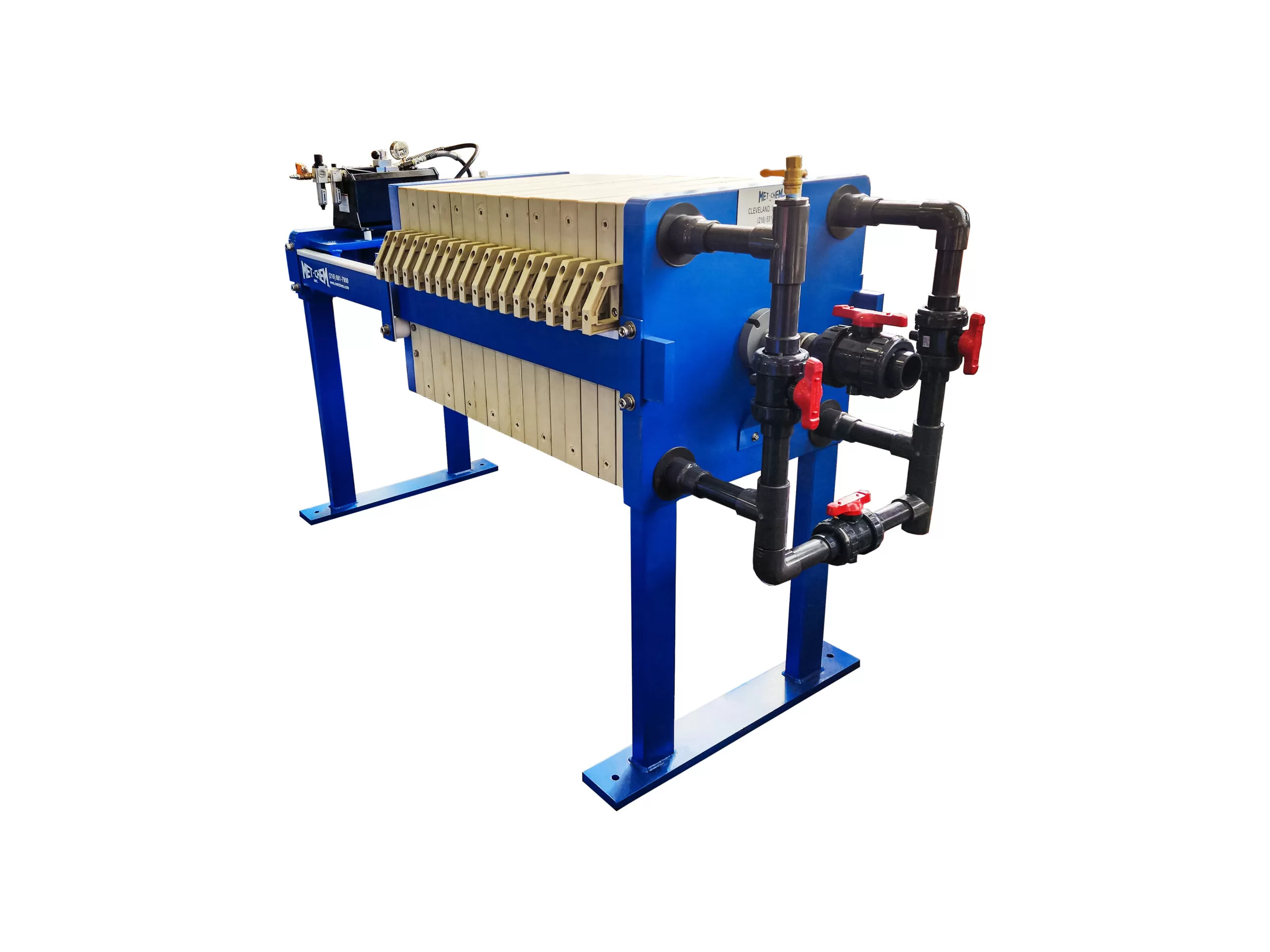Description
Demineralization entails the removal of minerals, specifically calcium carbonate (CaCO3), by acid treatment. It is usually carried out using any of the following acids: hydrochloric acid (HCl) and NaOH.
The demineralization process is needed in order to eliminate water salinity. It is achieved by means of exchange resins, (“strong” Cationic and “strong” Anionic), which can be regenerated from hydrochloric acid and sodium hydroxide (4-8% HCl + 4-8% NaOH).
The resins are contained in 2 special cylinders with polyethylene inner shell.
The water is supplied by means of the pressure existing in the water network, alternatively, the system can be equipped with an optional pump and storage and settling tanks.
The demineralization capacity depends on the concentration of minerals in the starting water and on the presence of any other substances.
Each liter of resin has a nominal capacity to retain up to 25 grams of CaCO3.
MAIN ADVANTAGES
- Compact design
- Easy to use with visual aids
- Easy bulk portability
- Low running costs
- Simple and complete maintenance





Reviews
There are no reviews yet.